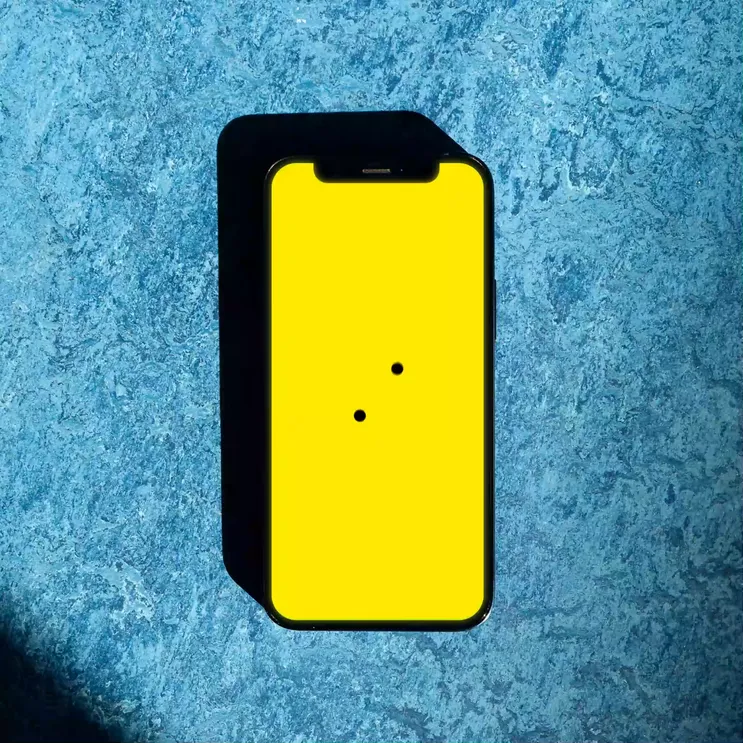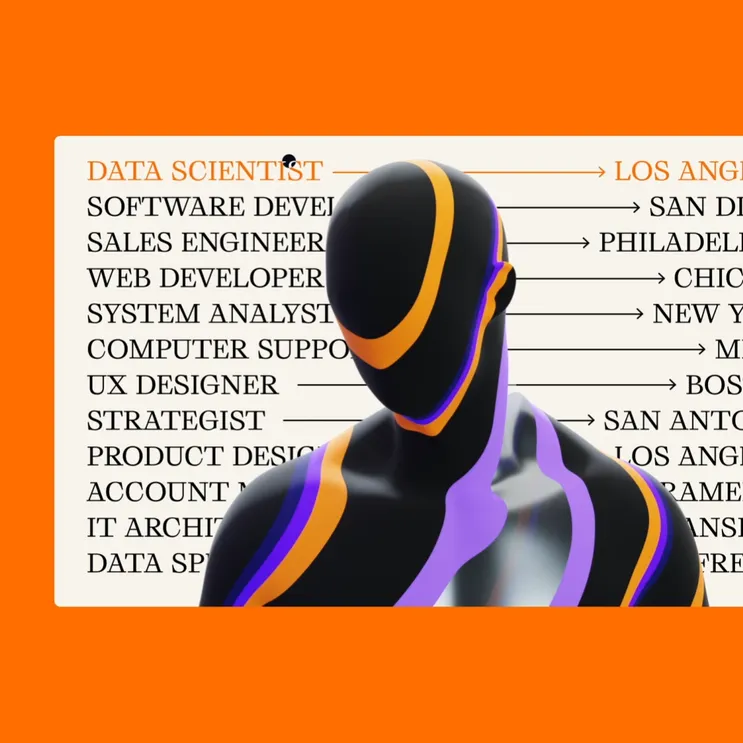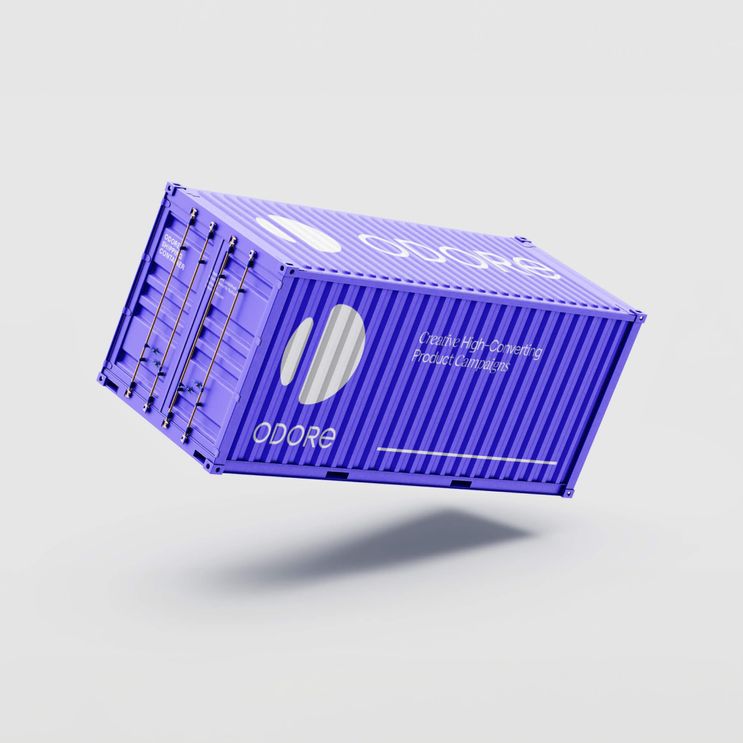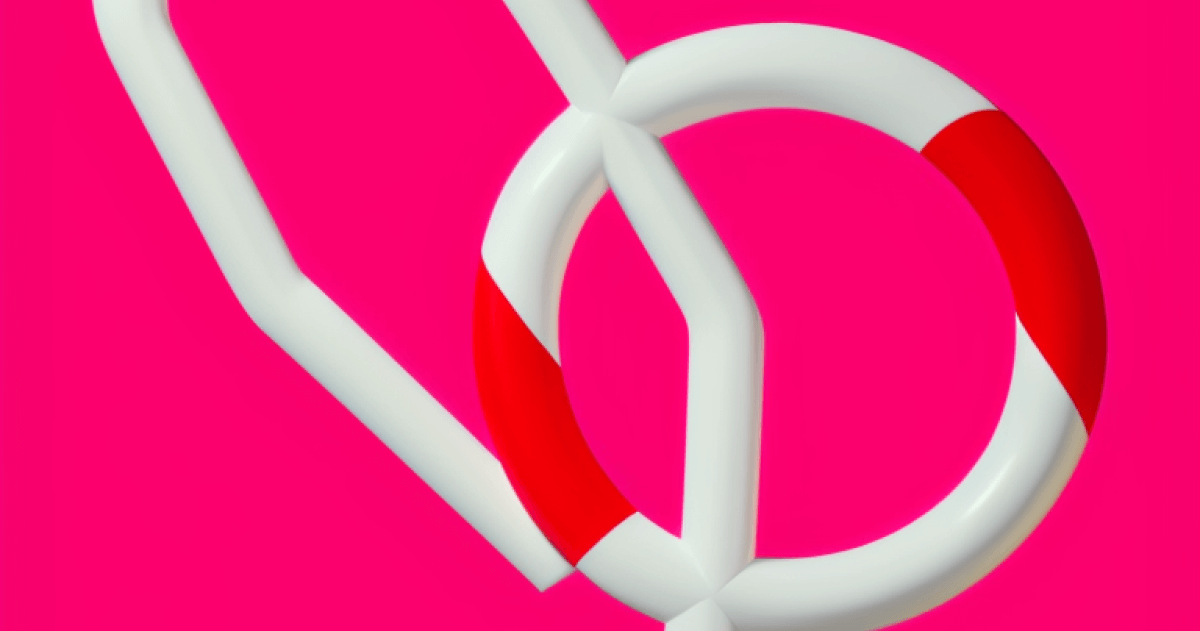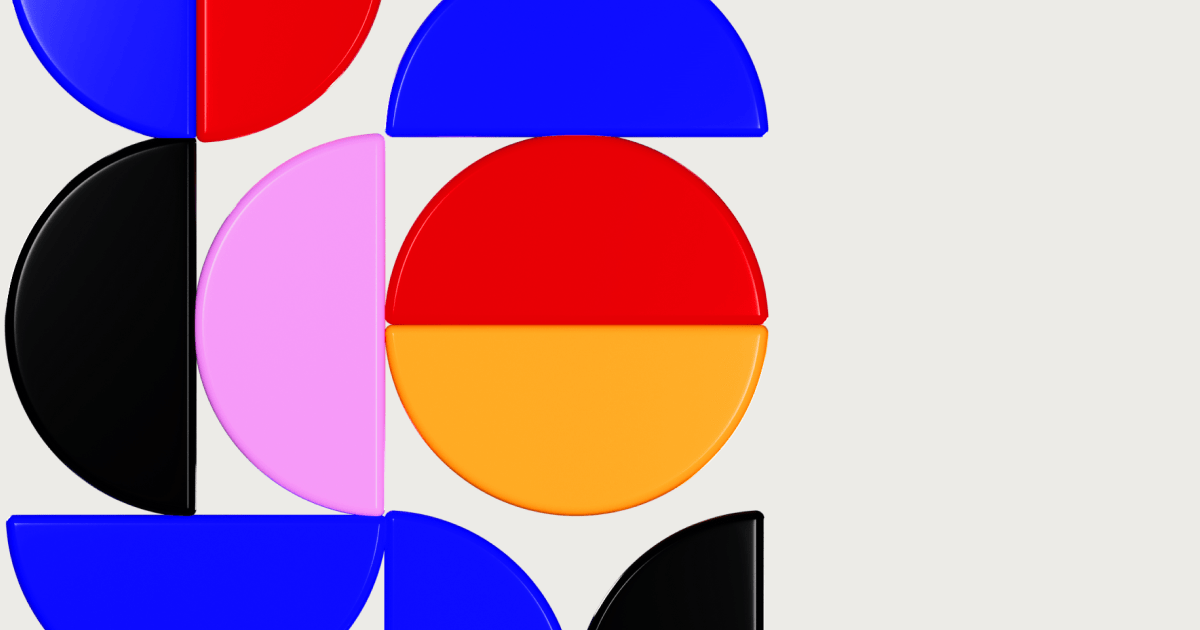Growth
5 min read
The Tale of a Failed Product
You can find hundreds of stories about failed startups and the complex reasons why the founders’ fairytales didn’t have a happy ending. Timing, product-market fit, competitors, overfunding, underfunding, weak management team are only some of the most popular reasons why startups fail.
If you have the chance to monitor their journey from the early days though, you’ll soon spot a pattern. And I’m pretty sure that in 90% of the cases, the reason why many startups don’t make it past the third year is the same.
I’ve been designing digital products for clients for almost 15 years. I have the unique opportunity to work with dozens of early-stage startups a year and join their exciting journey from an idea stage to launch. Sadly, only a handful of them “make it”.
Here’s what happens.
Jack gets excited about creating the fanciest restaurant in town. He borrows some money from friends and brings some investors on board. He calculates the cost, he’s got everything covered. He hires an interior designer and creates an amazing venue. His best friend is a DJ and a singer and he’s happy to play live music for free on weekends.
Jack finds waiters with impressive resumes and bartenders who can balance shakers on ice scoops and garnish five cocktails at once.
He’s got some money left for advertising. He starts promoting the place in local media and his Insta followers are in the 5 digits even before he launches.
The grand opening is here. Exciting! People queue at the door, they can barely find tables for everyone. Even a couple of local reporters came to cover the event. Jack is buzzing! He’s made it.
Customers start ordering.
“This meal is a bit too salty.”
“This is cold.”
“No vegan options – what?”
“Ughh, the beef is chewy.”
“Is it a Japanese, Chinese, Thai or European place?”
“The music is too quiet, let’s spice things up a bit.”
“It’s so loud in here. This is a restaurant after all, isn’t it?”
“£28 for grilled salmon – are you crazy?”
“Free salad and bread – amazing! Can I have some more and no starter, thanks.”
Things are not going great. The kitchen is a mess! Staff is stressed. Customers are not impressed.
Day by day clientele gets less and less. 2 weeks later the place is almost empty. No one has been back.
Jack realises something – he has completely missed hiring a qualified chef and figuring out the type of cuisine his place was going to be known for! The whole food thing was a bit overlooked. How could have he missed that – of course people come for the food! This is a restaurant!
Wait, he can fix this. He hires a new head chef, updates the menu, tweaks the atmosphere, and voila – this is an authentic Thai restaurant!
Can he bring the customers back? Can he convince them that this really is a special place? He borrows more money for advertising. And salaries. And running costs. It turns out it costs more than when he first started. It’s so hard to bring people back. They prefer the hole around the corner that’s been there for decades…
By the time he figures it out, he can barely cover the running costs.
He cuts down the menu, hires less experienced staff. Some people are back for a second time, but never for a third.
Time has run out. Jack closes down the business.
Here’s the thing.
When a product doesn’t cover a real user need and the core value proposition is unclear (even if it still exists!), you see Jack’s story over and over again.
Fancy design, great tech, and expensive marketing can’t fix a fundamentally messed-up product. When the core is not right and there’s no real value for the consumer, you won’t be able to mask it for long.
Without oversimplifying the complexity of growing a product, the main reason why early-stage startups don’t make it goes back to the most basic thing – does the product cover a real user need, and if yes – can the user clearly see the value for them?
If you’re opening a restaurant, the first thing you have to nail is the food. This is what you sell. All the rest help you upsell.












